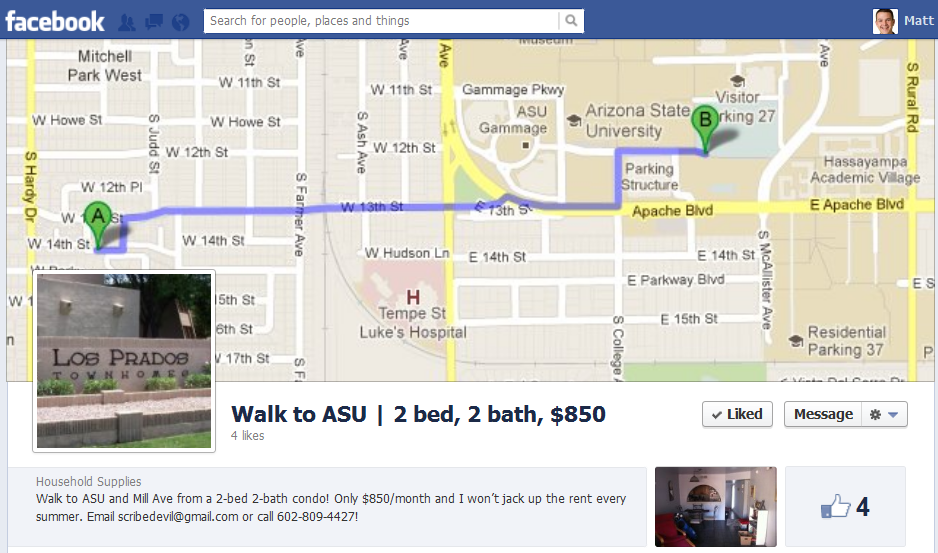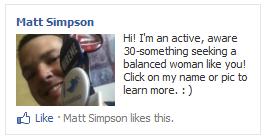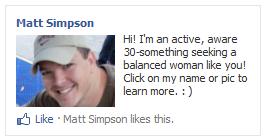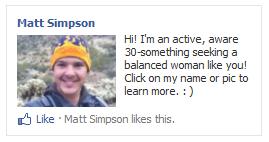
Seth Bullock doesn’t have your back on the digital marketing frontier.
I previously posted about the importance of a dedicated R&D budget for digital marketing innovation. Of course, a budget is useless if it’s squandered. And in digital marketing, there are plenty of opportunities to burn cash.
Digital marketing is an unsettled frontier, populated by self-proclaimed gurus, snake oil salesmen, and iffy startups. You can strike it rich in the Wild West, but you must remember that no one’s looking out for you but you.
Here are a few tips for thriving on the digital marketing frontier.
- Do follow the top companies. There are innovative companies doing innovative things right now. Don’t wait for them to speak at the next digital marketing conference. Learn from the best today by benchmarking leaders like Intel, HBO, and American Express. (Be sure to follow your competitors too.)
- Don’t just read Mashable. Mashable is the popcorn flick of tech journalism. Hey, even a chump like me can get covered. Dig deeper, and make sure your agency digs deeper too. I prefer Altimeter Group, the Inside Network, All Things D, and boring non-sponsored whitepapers.
- Do go beyond the logos on a startup’s website. It’s easy for a startup to slap a Fortune 500 logo on a PowerPoint slide. Did the client actually use the tech, or was it simply a short consulting gig? Ask vendors how deeply engaged they were with clients. And ask for references.
- Don’t just look at install base. Just because an app gets installed doesn’t mean it gets used. How many free apps do you have lingering away in dark corners of your iPhone? Demand to see monthly active user figures before investing in startup platforms.
- Do ask how previous clients tracked ROI. Shady entrepreneurs pay their bills thanks to suckers who don’t ask about measurement. You may not be able to track all the way to a purchase. Just be sure to measure something. If a startup has no means of measurement, walk away.
How do you stay safe on the unsettled frontier of digital marketing? Let me know in the comments!






